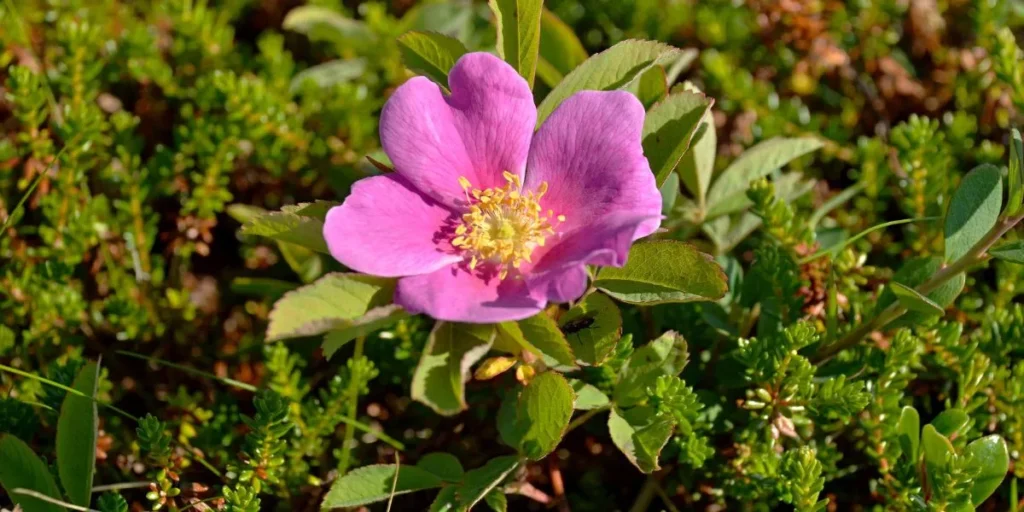
When winter sets in, it’s crucial to safeguard your outdoor plants to ensure their well-being. From selecting the right cold-hardy varieties to providing adequate insulation and implementing protective coverings, there are various strategies to shield your plants from the cold. But what about those sudden temperature drops or unexpected frost spells that can catch you off guard? Stay tuned to discover some expert tips that could make all the difference in preserving your beloved outdoor plants during the winter months.
Choosing the Right Plants
When selecting outdoor plants for winter, prioritize cold-hardy varieties to ensure their survival through the harsh weather conditions. Look for plants like winterberry, conifers, and hellebores that can withstand freezing temperatures and snow. These resilient plants won’t only survive but also thrive during the winter months in your garden. Remember to consider your specific climate and local weather patterns when choosing which plants to introduce to your outdoor space.
Certain plants, such as pansies, ornamental kale, and witch hazel, aren’t only cold-hardy but also add a pop of color to your winter landscape. These plants can withstand chilly temperatures while providing visual interest and beauty to your outdoor area. By selecting a variety of cold-tolerant plants, you can create a diverse and vibrant winter garden that will bring joy even on the dreariest days.
Before purchasing your outdoor plants, research their cold-hardiness and care requirements to ensure they’ll thrive in your garden throughout the winter season. With the right selection of plants, you can enjoy a stunning outdoor space all year round.
Providing Adequate Insulation
To protect your outdoor plants during winter, ensure they’re adequately insulated against the cold temperatures. Insulation helps prevent the roots and foliage from freezing, which can cause irreversible damage to your plants.
One effective way to provide insulation is by adding a thick layer of mulch around the base of your plants. This layer acts as a protective barrier, trapping heat in the soil and shielding the roots from extreme cold.
Another method is to wrap sensitive plants with burlap or frost cloth. These materials create a buffer against the harsh winter winds and can help maintain a more stable temperature around the plant. Additionally, grouping potted plants together can provide them with extra warmth, as they can share each other’s heat.
Remember to remove any snow buildup on your plants, as heavy snow can weigh down branches and cause breakage. By taking these steps to provide adequate insulation, you can help your outdoor plants survive the winter months and thrive come springtime.
Implementing Protective Coverings
Consider using breathable materials like burlap or frost cloth to create protective coverings for your outdoor plants during winter. These materials offer insulation against harsh weather conditions while allowing air circulation to prevent humidity buildup.
When applying protective coverings, ensure they’re securely fastened to prevent them from being blown away by strong winds. Wrapping plants with burlap or frost cloth can shield them from freezing temperatures and frost, reducing the risk of damage to delicate foliage and tender shoots.
To create a protective barrier, drape the chosen material over the plant and secure it with stakes or clips. Make sure the covering reaches the ground to trap heat and protect the plant’s lower portion. Avoid wrapping plants too tightly, as this can restrict growth and cause damage.
Check the coverings regularly for any signs of wear or tear, and replace them if necessary to maintain effective protection throughout the winter months. By implementing these protective coverings, you can safeguard your outdoor plants and help them survive the cold season.
Monitoring and Adjusting Care
Regularly assess the condition of your outdoor plants and make necessary adjustments to their care routine to ensure they thrive during the winter months. Monitor the soil moisture levels by checking if the soil feels dry or overly wet; adjust watering frequency accordingly.
Keep an eye on the weather forecast to anticipate temperature drops or frost, and take preemptive measures like adding extra mulch or protective coverings. Inspect your plants for any signs of damage, disease, or pests, and address any issues promptly.
Trim back any dead or damaged branches to encourage healthy growth. Consider moving potted plants to more sheltered areas if extreme weather conditions are expected. Adjust fertilizer applications to reflect the reduced growth rate of plants during the winter.
Garden















